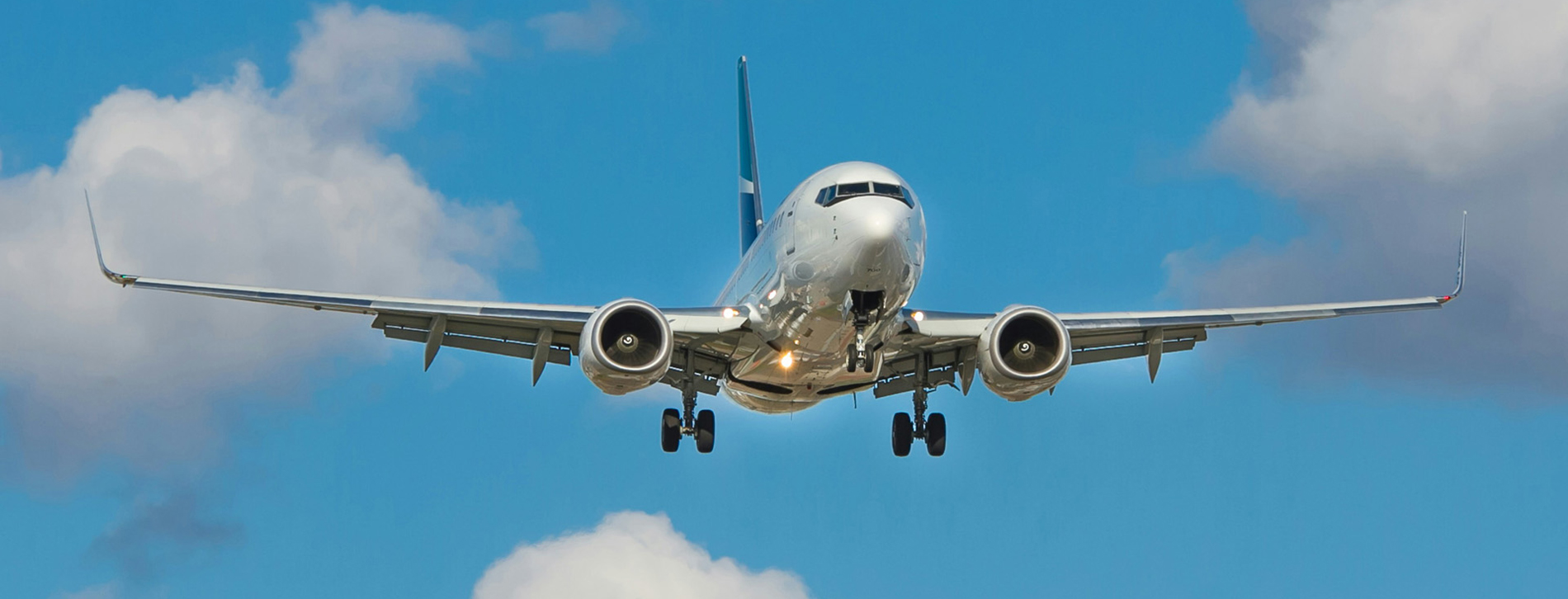Researchers from the SNA-ITACA group at the Universitat Politècnica de València (UPV) are coordinating the European project SATERA (Space-based composite ADS-B and multilateration system validation through scalable simulations), aimed at improving air traffic surveillance through the use of satellites.
The space-based ADS-B system (SB ADS-B) enables aircraft to automatically transmit their position to satellites, which is particularly useful in areas where ground stations cannot be installed, such as over oceans. This technology helps to optimise routes and altitudes, reduce pollutant emissions and increase airspace capacity, although it still faces security challenges.
“These challenges are not only theoretical: recently, an incident on the President of the European Commission’s flight over Bulgaria highlighted the need to strengthen the integrity of transmissions and ensure air traffic safety,” says Juan Vicente Balbastre, head of the SNA-ITACA group and project coordinator.
A new integrity estimator
ADS-B has become one of the cornerstones of next-generation Air Traffic Control (ATC) and is considered essential for the future of aviation. However, its reliance on GNSS data and open protocols poses risks that SATERA seeks to address.
To this end, the project is developing a new system – an integrity estimator – which combines signals from low Earth orbit (LEO) satellites and will reinforce the reliability of aeronautical surveillance.
“Furthermore, it will be independent of current GNSS systems, reducing vulnerability to interference or failures, and ensuring safety in areas where surveillance is currently limited,” adds Juan Vicente Balbastre.
Strategic impact
Funded by the European SESAR 3 programme, SATERA brings together six international partners and will run for 30 months, until December 2026.
In addition to improving air traffic safety, SATERA will contribute to reducing greenhouse gas emissions through more efficient routes, increasing airspace capacity – particularly for long-haul flights – and strengthening European sovereignty.
“With SATERA, we want to move towards a safer, more sustainable and more independent air surveillance system, essential for the aviation of the future,” concludes Juan Vicente Balbastre.



